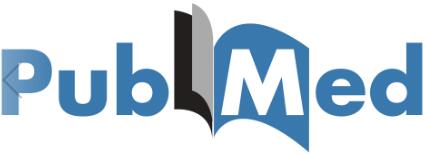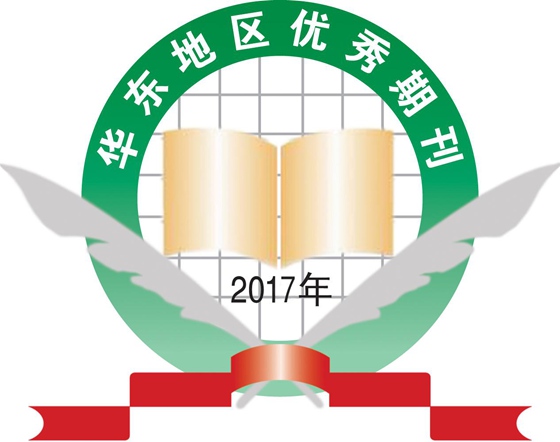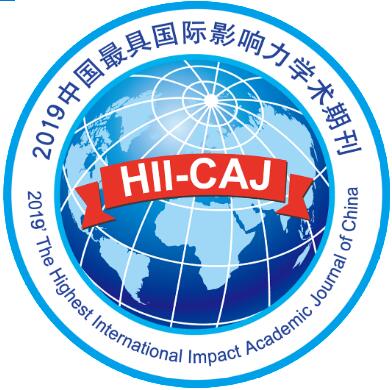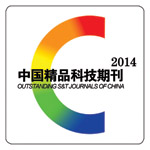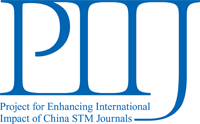Background
Hypertension, a prevalent disease, is a significant risk factor for coronary heart disease. Huoxue Qianyang Qutan Recipe (HQQR), a traditional Chinese herbal remedy, has been used for treating hypertension over several years.
Objective
This study assesses HQQR’s efficacy for controlling blood pressure among patients with hypertension related to blood stasis, yang hyperactivity and phlegm.
Design, setting, participants and interventions
A randomized controlled trial was conducted at the Yueyang Hospital of Integrated Traditional Chinese and Western Medicine, Shanghai University of Traditional Chinese Medicine, China, from July 2020 to June 2022. Major components of HQQR were identified using thin-layer chromatography and high-performance liquid chromatography. Participants aged 18–80 years, exhibiting traditional Chinese medicine syndromes of blood stasis, yang hyperactivity or phlegm, along with grades 1 or 2 hypertension, were randomly categorized into two groups. The intervention group was given HQQR granules alongside conventional hypertension treatment, while the control group was given placebo granules in addition to conventional treatment for 12 weeks.
Main outcome measures
The primary outcome was clinic blood pressure, whereas secondary outcomes included metabolic indices (e.g., homeostasis model assessment of insulin resistance [HOMA-IR], total cholesterol [TC], low-density lipoprotein cholesterol and triglyceride), target organ damage indices (left ventricular mass index and urinary albumin creatinine ratio [UACR]) and inflammation indices (interleukin-6 [IL-6] and high-sensitivity C-reactive protein [hs-CRP]).
Results
HQQR’s primary components were identified as salvianolic acid B, emodin and ferulic acid. Of the 216 participants (108 in each group), compared to the control, the intervention group exhibited significant improvements (P < 0.001) in clinic systolic blood pressure ([136.24 ± 7.63] vs [130.06 ± 8.50] mmHg), clinic diastolic blood pressure ([84.34 ± 8.72] vs [80.46 ± 6.05] mmHg), home systolic blood pressure ([131.64 ± 8.74] vs [122.36 ± 8.45] mmHg) and home diastolic blood pressure ([78.47 ± 9.53] vs [71.79 ± 6.82] mmHg). HQQR demonstrated a reduction in ambulatory blood pressure (24-hour systolic blood pressure: [133.75 ± 10.49] vs [132.46 ± 8.84] mmHg and 24-hour diastolic blood pressure: [84.12 ± 8.01] vs [82.11 ± 7.45] mmHg) and an improvement in HOMA-IR ([4.09 ± 1.72] vs [3.98 ± 1.44]), TC ([4.66 ± 1.47] vs [3.75 ± 1.81] mmol/L) and UACR (75.94 [5.12, 401.12] vs 45.61 [4.26, 234.26]). Moreover, HQQR demonstrated a decrease in hs-CRP (1.46 [0.10, 10.53] vs 0.57 [0.12, 3.99] mg/L) and IL-6 (6.69 [2.00, 29.74] vs 5.27 [2.00, 9.73] pg/mL), with no reported side effects (P < 0.001).
Conclusion
This study highlights the therapeutic potential of HQQR use in ameliorating blood pressure, glycolipid metabolism, and inflammation in patients with hypertension.
Trial registration
ChiCTR2000035092 (http://www.chictr.org.cn/).







